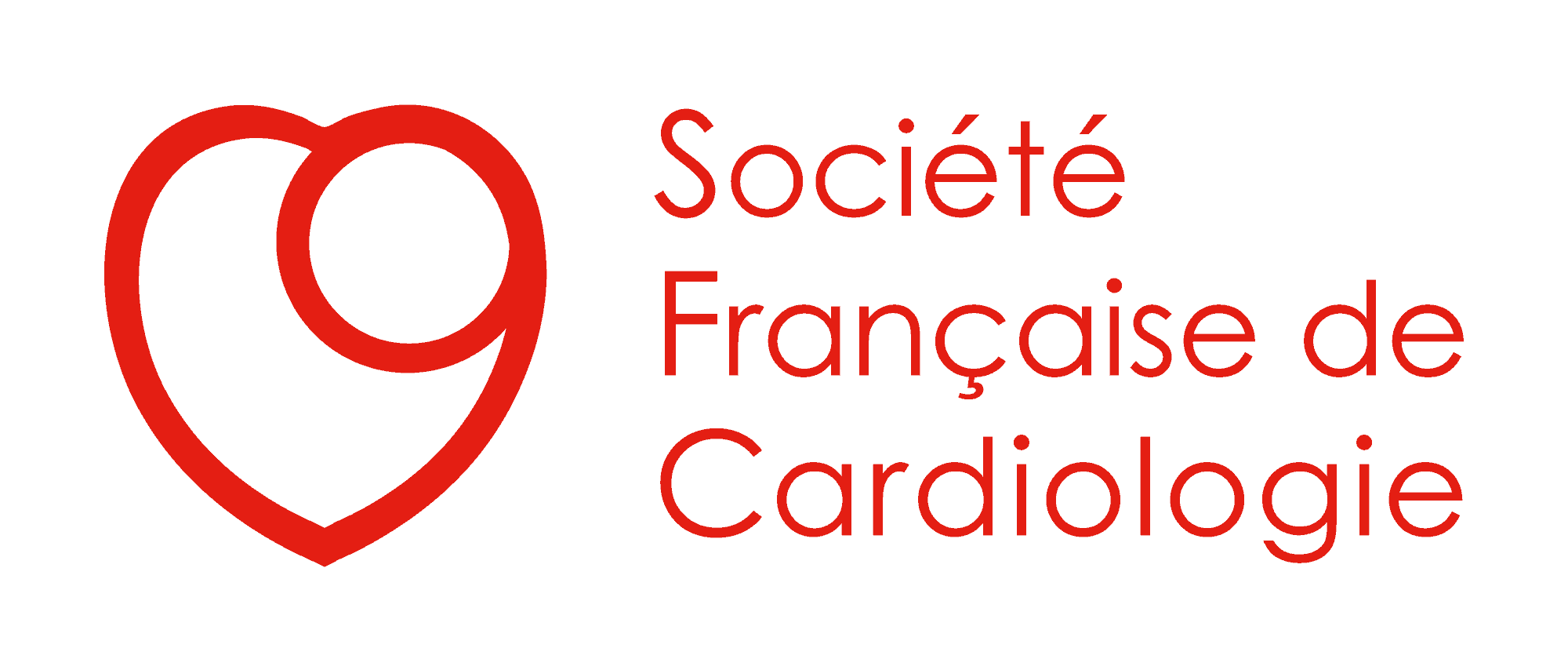Suivez-nous sur les réseaux sociaux !
Retrouvez les articles immanquables des Archives of Cardiovascular Diseases, revue scientifique mensuelle en anglais de notoriété internationale.
Voici un aperçu rapide des sujets abordés dans cette publication :
Dernières publications
Publications
Role of multimodality imaging in the diagnosis and management of cardiomyopathies
Voici un aperçu rapide des sujets abordés dans cette publication :
Archives of Cardiovascular Diseases | Article du mois – Octobre 2019
Stéphane Ederhy, Nicolas Mansencal, Patricia Réant, Nicolas Piriou, Gilles Barone-Rochette
Summary
Multimodality imaging plays an important role in the initial evaluation, diagnosis and management of patients suspected of having a cardiomyopathy. Beyond functional and anatomical information, multimodality imaging provides important variables that facilitate risk stratification and prognosis evaluation. Whatever the underlying suspected cardiomyopathy, echocardiography is the most common initial imaging test used to establish the presence of cardiomyopathy, by depicting structural and functional abnormalities.
However, echocardiographic findings are non-specific, and therefore have a limited role in identifying the underlying aetiology. Cardiac magnetic resonance imaging allows characterization of myocardial tissue, which can be of great help in identifying the aetiology of the cardiomyopathy. When a specific aetiology is suspected, particularly inflammation, 18F-fluorodeoxyglucose positron emission tomography is recommended. The clinician should be capable of selecting the appropriate imaging techniques for each clinical scenario.
Each technique has strengths and weaknesses, which should be known. In order to improve diagnostic performance, and as proposed by the European Association for Cardiovascular Imaging, cardiovascular imaging groups must be composed of experts from all modalities. The future of multimodality imaging in the diagnosis and management of cardiomyopathies will also involve evolution of its use in care, teaching and research. Training goals for future cardiac imaging experts must be defined; academic and industry partnerships should enable the connection to be made between imaging data and clinical data on the one hand and outcomes on the other hand, using big-data analysis and artificial intelligence.
Keywords
Multimodality imaging, Cardiomyopathy, Transthoracic echocardiography, Cardiac magnetic resonance imaging, Computed tomography scan, Cardiac nuclear imaging
© 2020 Elsevier Masson SAS. All rights reserved.
Partagez cet article :
Partagez cet article :
Written by : SFC
Plus de publications de la SFC

INTELLIGENCE ARTIFICIELLE New Threshold for Defining Mild Aortic Stenosis Derived From Velocity-Encoded MRI in [...]

CARDIOLOGIE PÉDIATRIQUE The Cardiovascular Care of the Pediatric Athlete | Lire l'article JACC CARDIO-ONCOLOGIE [...]




